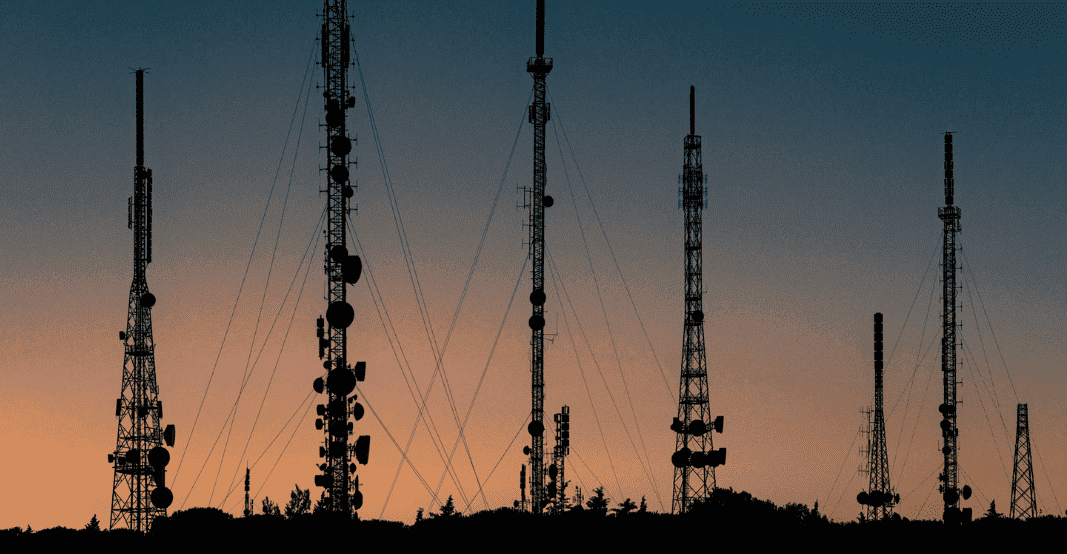Contxto – As reported recently, Uruguay was the first country in Latin America to install a commercial 5G network. Despite making history, protests recently erupted in the Maldonado region over the potential health risks associated with 5G technology.
In Summary
Residents in Maldonado’s La Barra and El Tesoro neighborhoods demanded the removal of recently installed 5G antennas. Demonstrators urged officials not to install any more devices until it is certain whether or not they are harmful.
“5G is killing us,” said one of the protesters during a protest on June 8. “Antennas were placed in La Barra and Nueva Palmira for the time being, but (authorities) will do it throughout the country.”
Nowadays, many countries are racing to install 5G networks throughout the world. So far, Uruguay joins other nations such as Japan, Spain, the United States, among others, in pioneering these innovations.
In-Depth
Uruguay succeeded in installing the first 5G commercial network in Latin America due to a collaboration between Nokia and ANTEL, Uruguay’s state-owned telecommunications operator. Together, they deployed the first operable stations in the Barra de Manantiales area of Maldonado.
“We are going to work so that all our customers can enjoy this technology from now on” said President of ANTEL, Andrés Tolosa, during the launch ceremony.
While tech companies anticipate 5G networks to boost device interconnectivity, certain consumers worry about the potential adverse effects. Specifically, some believe that radiofrequency radiation (RFR) can damage DNA, cause cancer, disrupt cell metabolism, etc. RFR is found in everything from microwaves to x-rays.
According to experts, the difference falls under ionizing versus non-ionizing radiation. Allegedly, non-ionizing radiation in Wi-Fi, FM radio and powerlines are too weak to break chemical bonds or cause degrade human health. On the other hand, ionizing contraptions such as x-rays and gamma rays are another story.
Microwaves are the only non-ionizing radiation capable of causing bodily harm. Generally speaking, the term “radiation” is what concerns people, according to Dr. Steve Novella.
“Using the term radiation is misleading because people think of nuclear weapons,” said Novella, an assistant professor of neurology at Yale University and editor of Science-Based Medicine. “They think of ionizing radiation that absolutely can cause damage.”
Non-ionizing radiation doesn’t have any proven biological effect, though. The World Health Organization classified RFR as a Group 2B agent, meaning “possibly carcinogenic to humans,” in 2011. However, scientists such as Novella claim this to be non-conclusive.
“You have to look at all the other things they classify as a possible carcinogen,” said Novella. “They put it in the same class as things like caffeine. That is such a weak standard that it basically means nothing. It’s like saying ‘everything causes cancer.’”
-JA





